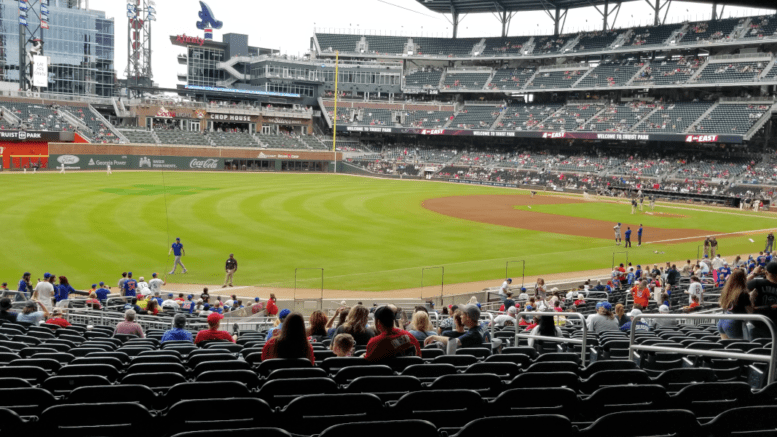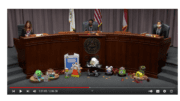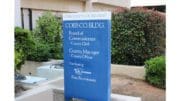[Editor’s note. This short article is intended to provide you with general information on the paper and access to the link so that you can read it for yourself. A more in-depth article is forthcoming]
Kennesaw State University economist Dr. J.C. Bradbury, a longtime skeptic of the purported economic benefits of the Braves’ Truist Park stadium in Cobb County, has written a paper in which he estimates the cost of Truist park to Cobb taxpayers of $15 million per year.
In the introduction to the paper, he writes that the paper is intended for general readers who are interested in public policy.
>> Follow this link to read J.C. Bradbury’s paper on the cost of the stadium to Cobb County
Bradbury writes:
Though economists’ research findings are consistent and unambiguous, they are not
being heeded by policymakers. While there are many potential reasons for this disconnect,
one possibility is that economists have not presented their findings in an accessible way.
Economic studies published in academic journals are not widely read by non-economists,
and they are often technical and full of economics jargon that is difficult to understand.
Though economic experts on stadium impacts are often quoted in media stories about stadium projects—though not as often as they should be—there are few objective policy studies
on the economic impacts of stadiums that are written for the general public and policymakers.
Bradbury has been a long-time critic of the projections of economic windfalls to county government from county business organizations and the Cobb County government itself.
He writes:
The presentation is intended to be transparent to build confidence in my objective
approach and demonstrate the credibility of my research findings. This is in contrast to
commissioned advocacy studies that often present findings justified by dubious multipliers
and black-box computer programs with vague explanations. I want to assure readers that
the methods employed are sound and permit them to verify external sources easily; there-
fore, I include citations to all references, with supplementary documentation and further
descriptions included in endnotes, which link to full bibliographic references. Readers may
click on hyperlinked notes in the text, which ultimately lead to primary sources outside this
document.
Bradbury writes that his key findings are that while sales tax revenue increased after the stadium opened it appeared to be at the expense of existing Cobb businesses, that property value growth near the stadium was comparable to that of metro Atlanta as a whole, and that stadium-induced tax revenue has not kept pace with the cost of the stadium, which he states costs taxpayers nearly $15 million in debt service and operations.





